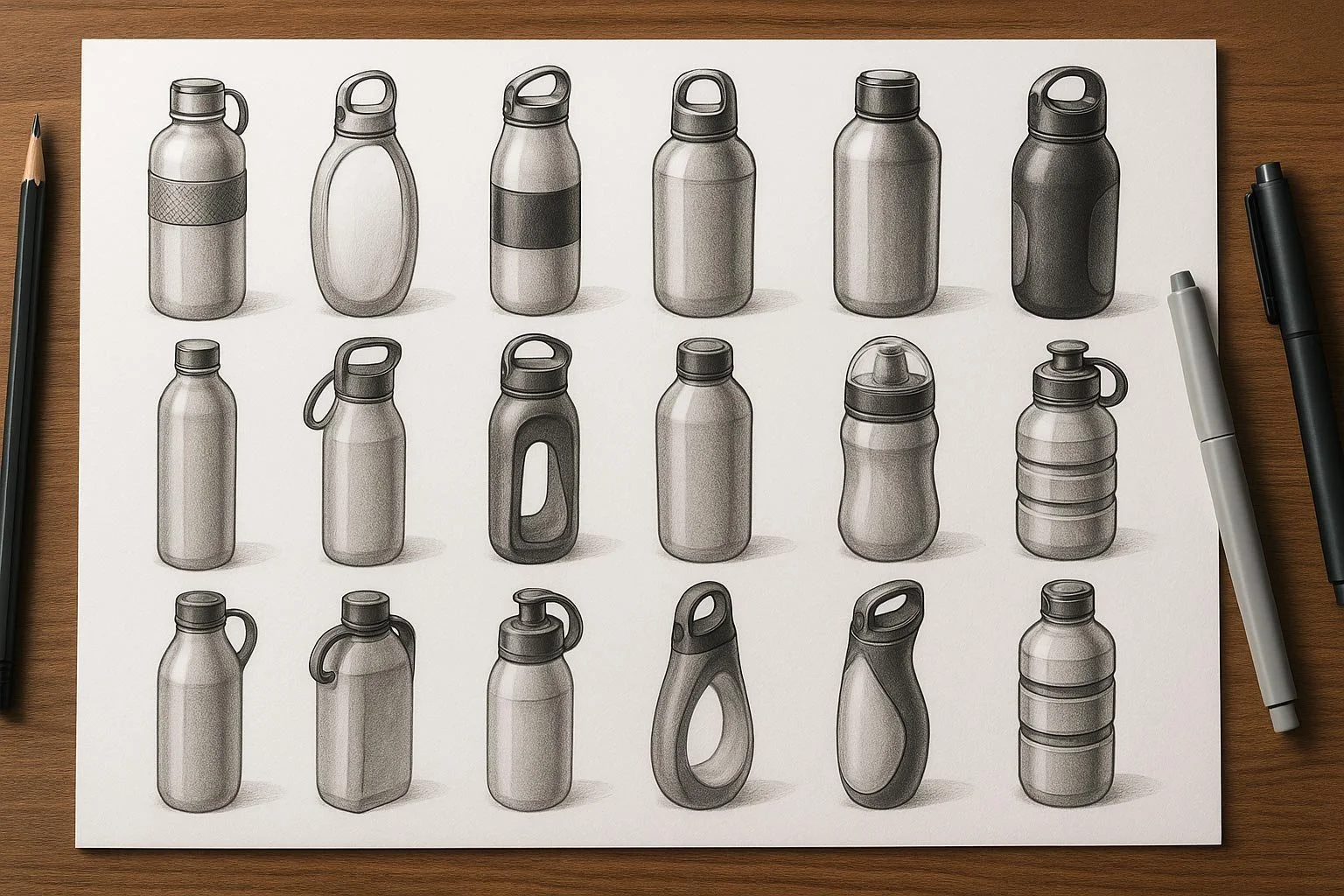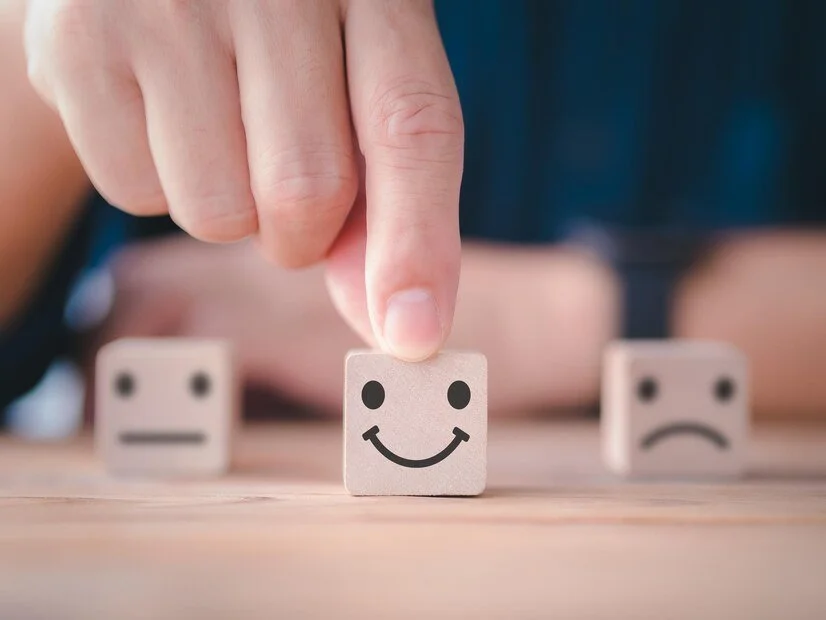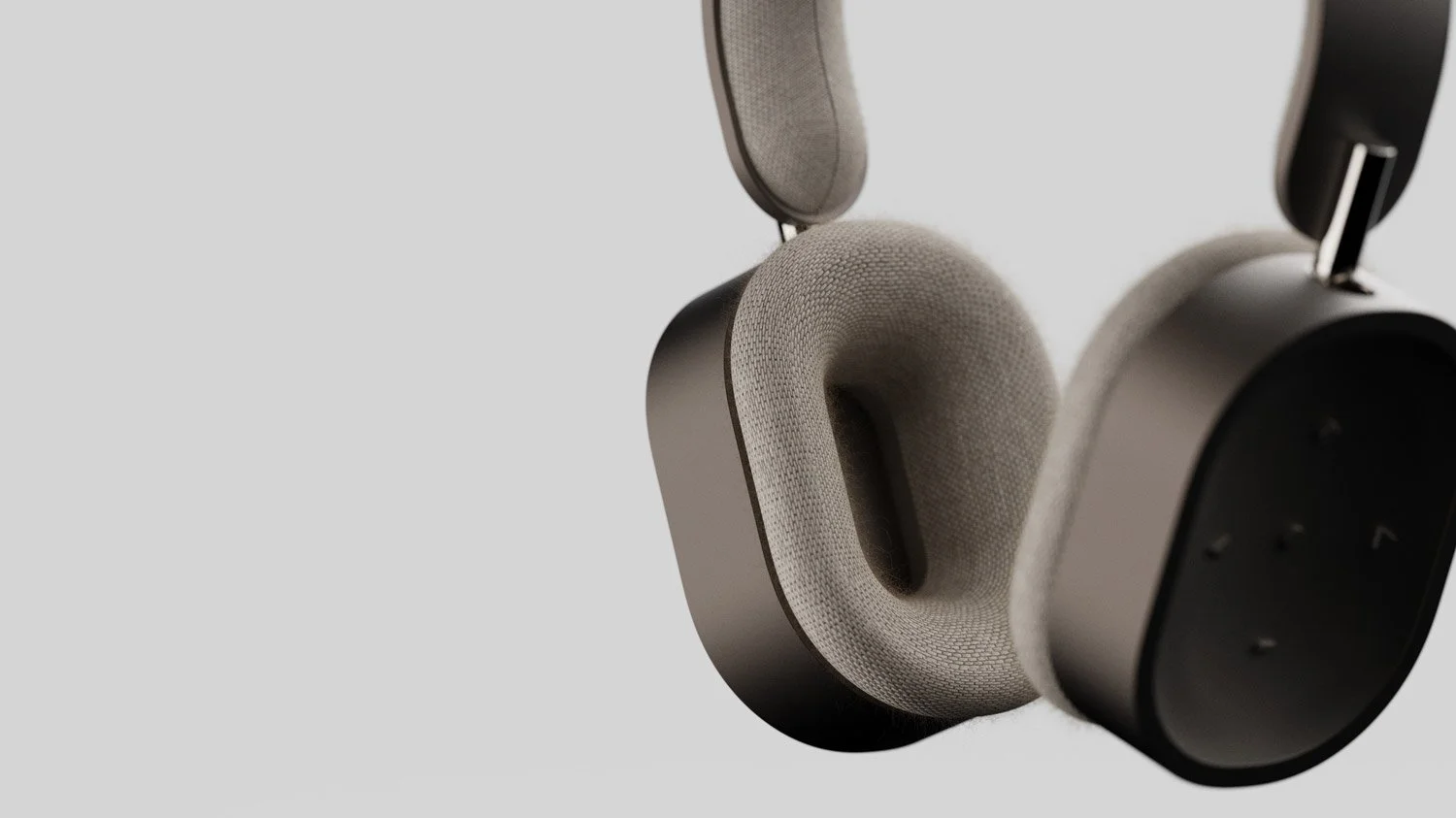How to Turn an AI-Generated Product Image Into a Real Product
A practical guide to refining, developing, and manufacturing your concept
The rise of generative AI tools has unlocked new ways to imagine product ideas. A single prompt can generate a stunning product image that looks ready for the shelves. But that image is just a starting point.
To move from concept to commerce, you need more than pixels—you need real-world design thinking, technical development, and support through manufacturing.
This guide breaks down the key steps for taking an AI-generated image to market, and how working with a product design agency can help you do it right.
1. Start with Validation
AI is great at generating visually striking ideas. But are they useful? Are they desirable? Before investing time and money, it’s worth testing your assumptions.
Share your image on relevant forums, with target users, or via social media to get feedback.
Consider running surveys or mock product pages to gauge interest.
Use comments and responses to identify functional expectations, pain points, or unmet needs.
Why it matters: Early validation reduces the risk of building something no one wants.
2. Translate the Idea Into a Manufacturable Design
An AI image might show what a product looks like—but it doesn’t tell you how it works, what it’s made of, or how it can be produced. That’s where a product design agency comes in.
A good agency will help you:
Refine the look and feel of the product so it meets brand, user, and ergonomic needs.
Define the product architecture—including size, layout, and internal components.
Select materials and finishes suitable for your product’s market position.
Build digital and physical prototypes to test feasibility and user experience.
Tip: Bring the agency in early. The sooner real-world constraints are considered, the better your chances of designing something desirable and buildable.
3. Navigate the Path to Manufacture
Even the best design won’t go far without the right production partner. If you’ve never worked with manufacturers before, the process can be daunting—especially overseas.
A design agency with manufacturing experience can:
Liaise directly with factories to translate your design into production-ready specifications.
Help with tooling and setup for volume production.
Advise on tolerances, materials, and quality control to avoid costly errors.
Source suppliers and recommend manufacturing methods appropriate to your volumes and price point.
Benefit: You save time and avoid communication breakdowns by having an experienced team handle technical handoffs.
4. Launch with Confidence
Once production is set up, you’re ready to bring your product to market. A refined, well-designed product opens doors to partnerships, retailers, and press. Whether you're launching D2C, crowdfunding, or pitching to stockists, professional execution builds trust.
You’ll now be equipped with:
A functional, well-tested product.
Production assets like CAD files, packaging dielines, and imagery.
A clear understanding of your costs, margins, and production timeline.
Final Thoughts
AI is a powerful tool for sparking creativity. But moving from image to product takes more than imagination—it takes strategy, design expertise, and production know-how.
A product design agency can bridge the gap between your vision and reality—bringing not just form and function, but the confidence to launch into the market successfully.
If you’ve got an AI image and a bold idea, the next step isn’t another prompt—it’s the right partner.





